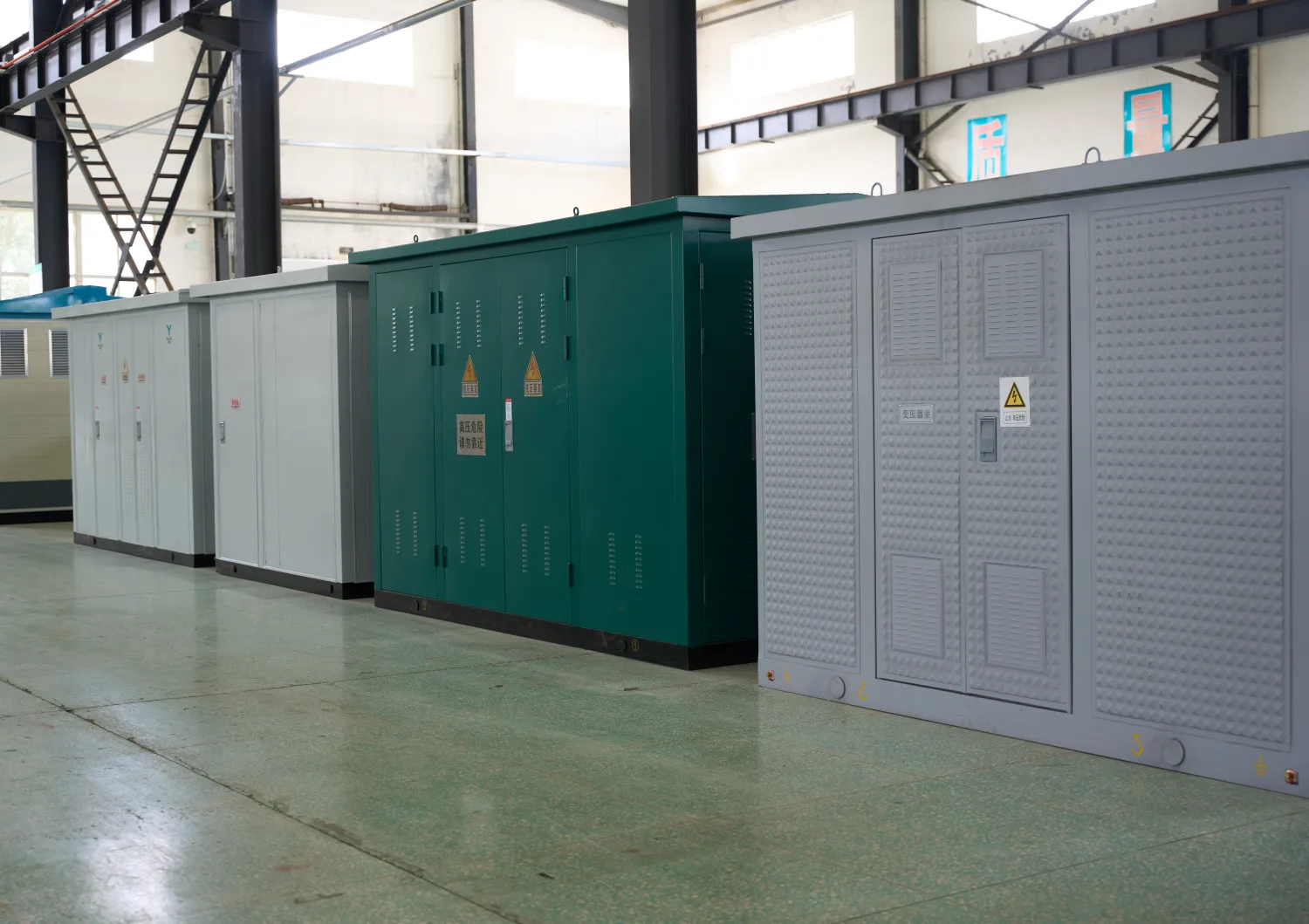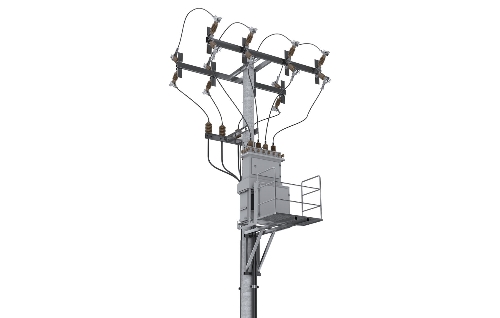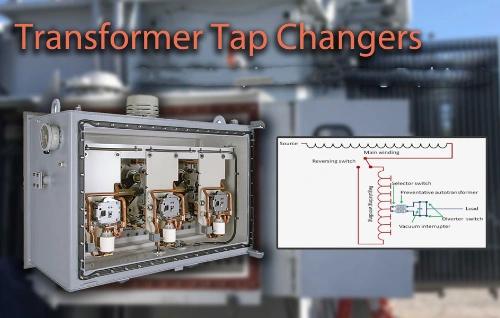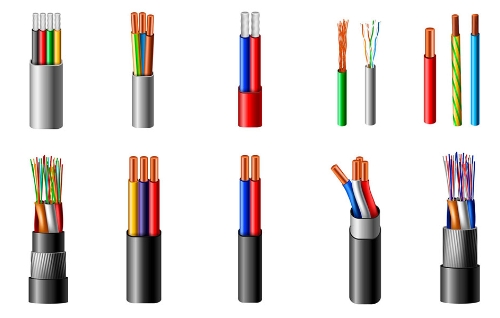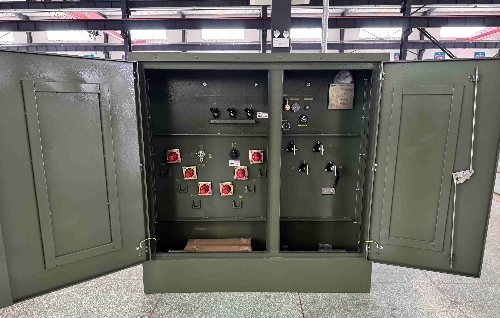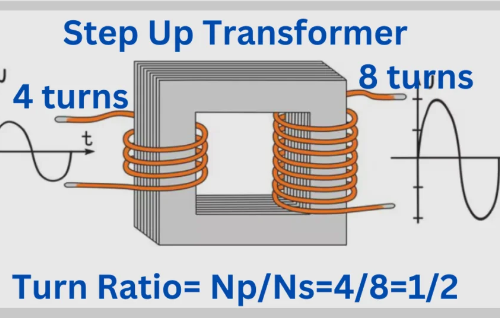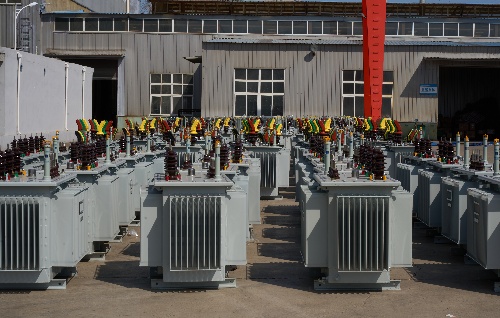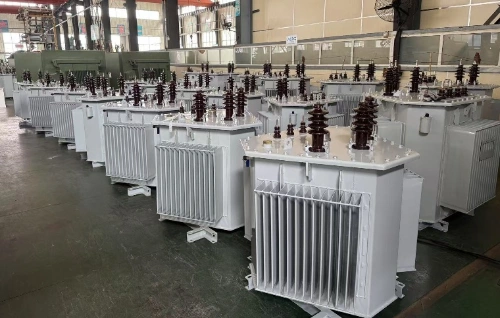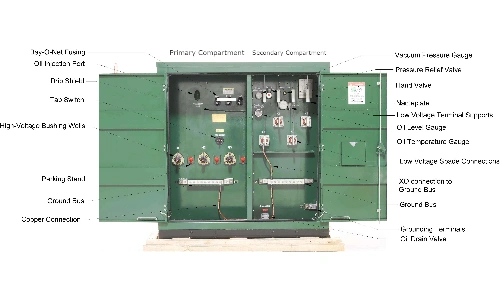Solar Transformers: Key Features, Applications, and Benefits in Solar Power Systems
1. The Role of Solar Transformers in Clean Energy Systems
As the world strives to reduce carbon emissions and drive a clean energy revolution, solar power has become one of the core drivers of renewable energy. The key to a solar power system lies in the coordinated operation of its components, especially solar inverters, solar panels, and solar transformers. Solar panels convert sunlight into direct current (DC), while solar inverters convert DC to alternating current (AC) for use by the power grid or end-user equipment. However, the role of solar transformers is crucial to ensuring the efficient and safe transmission of this energy. Solar transformers are responsible for converting the electricity generated by the solar system into voltage levels suitable for grid transmission, while ensuring that overload or voltage fluctuations do not occur during power transmission. For photovoltaic power systems, solar transformers must not only possess efficient power conversion capabilities but also excellent insulation performance and reliable safety characteristics to cope with changes in the external environment, improve system stability, and extend equipment lifespan. In the global transition to a green and low-carbon future, solar transformers will play an increasingly important role in the future energy structure.
The integration of solar transformers into solar energy projects enhances the operating system of utility-scale and residential solar setups. These transformers play a significant role in adapting the electricity generated by solar panels into a usable form for power plants or directly to solar power systems in homes and businesses.
2. What is a Solar Transformer?
A solar transformer is an electrical transformer specifically designed for solar power systems. It is used to step up or step down the voltage of the electricity generated by solar panels (through photovoltaic PV systems) to ensure it matches the voltage requirements of the electrical grid or residential solar systems.
Just like standard electrical transformers, solar transformers are essential in solar power generation for managing the power flow from the solar panels to the electricity grid. They are typically designed to handle the high voltages generated in large-scale solar plants and have specialized insulation to withstand the fluctuating and sometimes unpredictable nature of solar energy.
3. How Solar Transformers Work in PV Systems
Solar power transformers work by transforming the voltage of the electricity generated from solar panels into a form suitable for use in power plants or residential solar systems. The process involves stepping up the low-voltage AC current produced by solar photovoltaic systems into a higher voltage to enable the electricity to be transported over long distances with minimal loss.
In utility-scale solar systems, these transformers ensure that electricity generated by solar PV panels is transmitted to the grid. On the other hand, for residential solar, they are used to ensure the voltage matches what is required by household appliances and systems. As solar energy continues to expand globally, solar transformers are becoming more advanced, with a focus on improving energy efficiency, durability, and environmental sustainability.
4. Advantages of Solar Transformers in Modern Energy Systems
The use of solar transformers offers a wide range of benefits to solar energy systems, particularly in the context of renewable energy and smart grids. Some key advantages include:
a. Efficient Voltage Conversion
Solar transformers are specifically designed to handle the characteristics of solar energy. They convert the low-voltage DC current produced by solar panels into the high-voltage AC current suitable for power generation and distribution. This efficient conversion ensures reduced energy loss and better overall system performance.
b. Reliability and Safety
Modern solar transformers are built to handle the fluctuating nature of solar power. They ensure safe voltage regulation, minimizing the risk of electrical faults or fire hazards. Their reliable operation is essential for maintaining the continuous flow of electricity from solar PV systems to the grid or residential solar systems.
c. Environmentally Friendly
With the growing demand for clean energy and a reduced carbon footprint, solar transformers are manufactured with eco-friendly materials and designs that contribute to overall sustainability. They play a crucial role in advancing solar energy systems as a reliable and green energy source.
5. Applications of Solar Transformers
Solar transformers are versatile and can be applied across various types of solar power systems. Their primary applications include:
a. Utility-Scale Solar Power Plants
In large-scale solar power plants, solar power transformers are essential for converting the high-voltage AC generated by solar panels to the appropriate voltage for grid integration. This ensures that electricity generated from solar energy can be distributed efficiently to the general public.
b. Residential Solar Systems
For homes equipped with solar panels, solar transformers are used to adjust the voltage to make it compatible with household appliances. This helps reduce dependency on grid power and increases energy independence for homeowners.
c. Solar Inverters and Smart Grids
Solar transformers are also critical in the integration of solar inverters and smart grids. As solar power systems become more interconnected and intelligent, transformers must be able to support real-time monitoring and voltage optimization to ensure the reliability of the electricity generated.
6. Future Trends and Development in Solar Transformer Technology
As the demand for renewable energy sources continues to grow, the role of solar transformers will evolve. Key future trends include:
a. Integration with Smart Grids
The future of solar transformers lies in their integration with smart grid technology. These grids use sensors and digital tools to manage energy distribution more efficiently, and solar transformers will play a central role in these systems.
b. Improved Efficiency and Sustainability
Research is focused on creating more efficient solar transformers that minimize energy losses and have a longer lifespan. Materials such as cast resin and epoxy resin are being explored for their superior insulation properties.
c. Increased Deployment in Renewable Energy Projects
As more renewable energy projects emerge globally, the need for solar transformers will continue to rise. These transformers will play a vital role in connecting solar farms to the grid and ensuring reliable power distribution for residential, commercial, and industrial applications.
Solar transformers are integral components of modern solar power systems. With the increasing focus on renewable energy and clean power generation, these transformers help ensure that solar power can be efficiently integrated into electricity grids worldwide. The continued development of smart grid technology, energy efficiency, and eco-friendly solutions will shape the future of solar transformers, making them even more essential in the global transition toward sustainable energy solutions.

